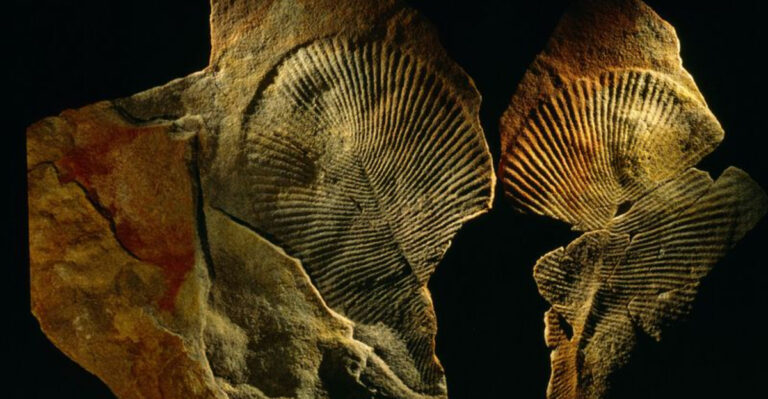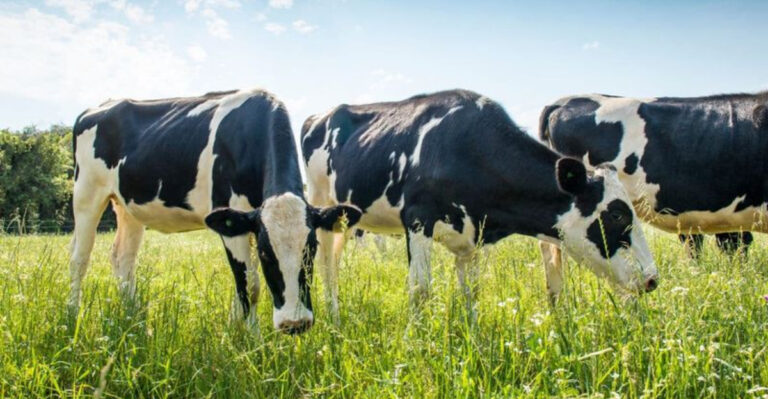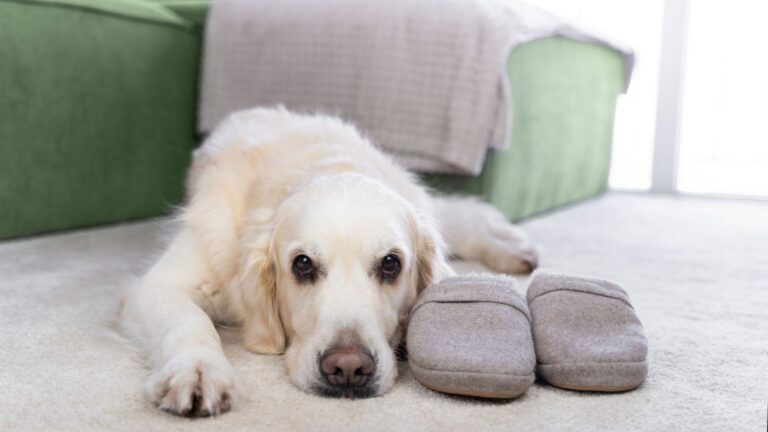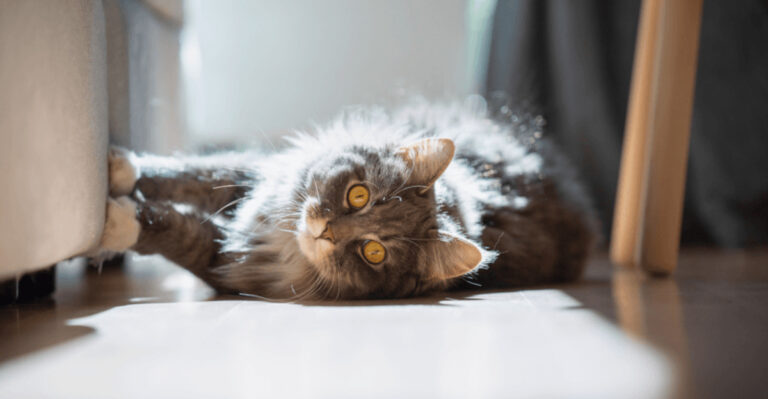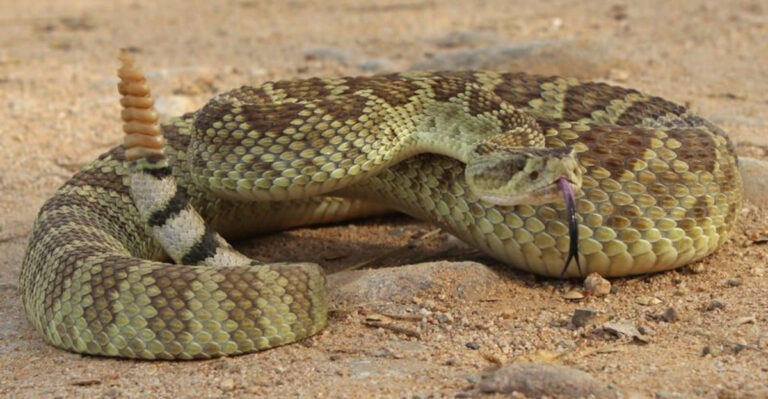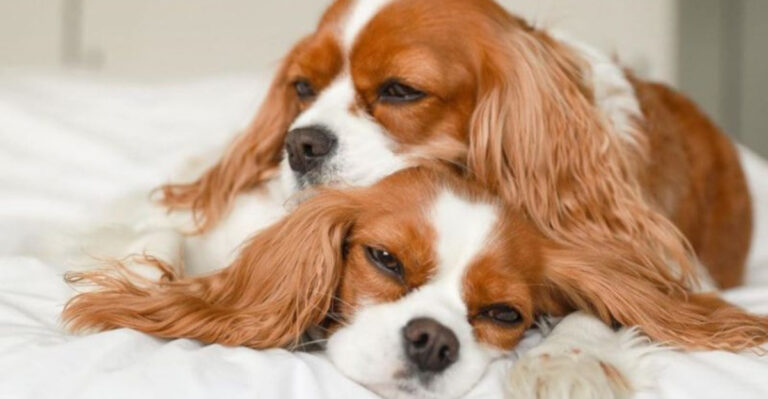Why Is My Cat’s Nose Dry? 15 Possible Concerns
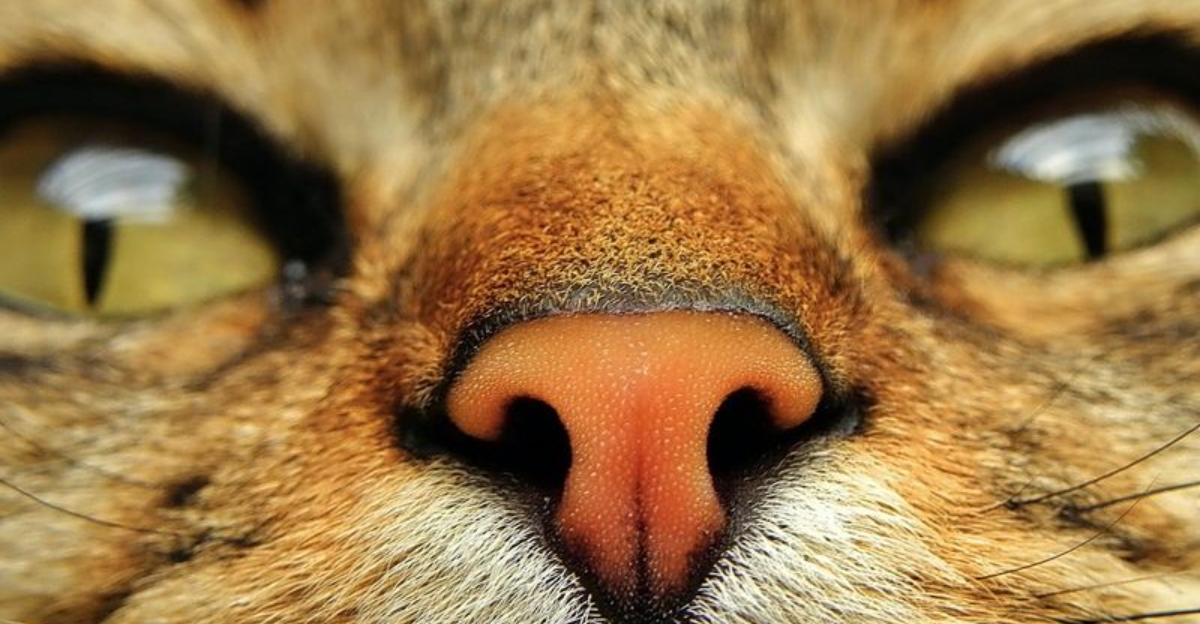
Ever noticed your feline friend’s nose feeling a bit like sandpaper? While cats typically have moist noses, occasional dryness isn’t always cause for alarm.
A dry nose might signal anything from simple dehydration to more serious health conditions. Let’s explore what your cat’s dry nose might be telling you and when it’s time to call the vet.
1. Dehydration Alert
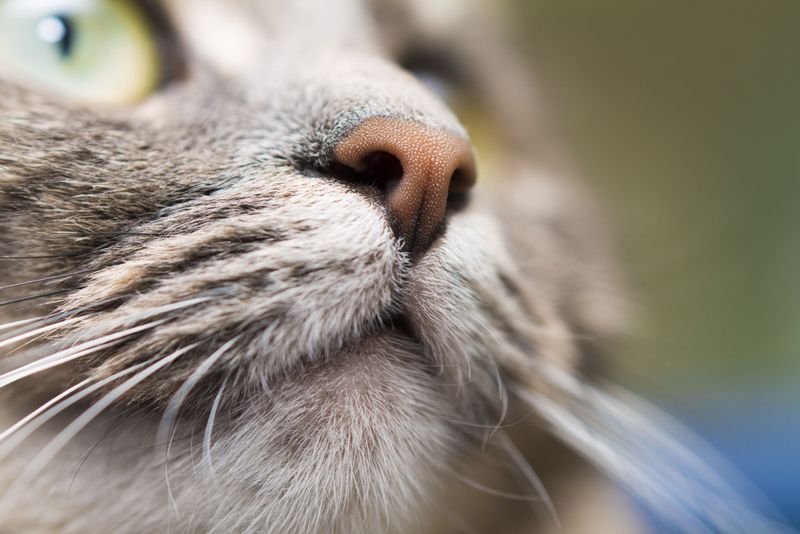
Water makes up about 80% of your kitty’s body, so staying hydrated is crucial. When your cat isn’t drinking enough, their nose often shows the first signs.
Checking water bowls regularly and noticing if your cat visits them less frequently can help catch dehydration early.
2. Sunburn Surprise
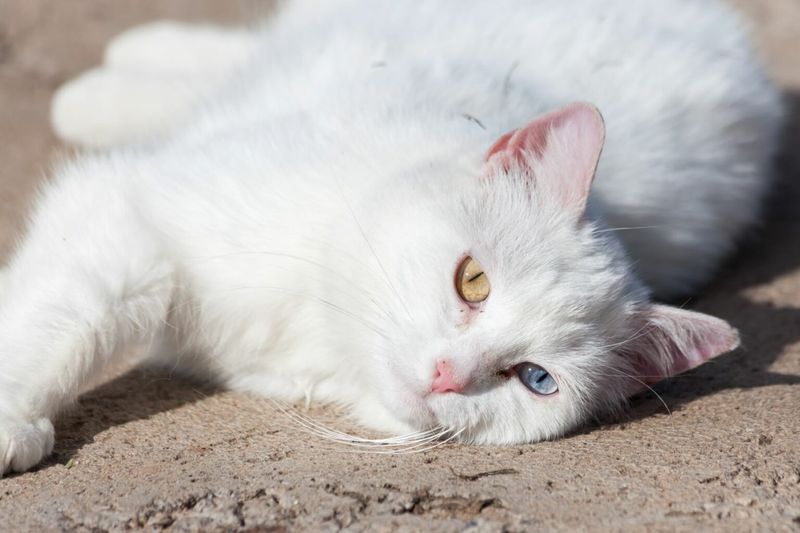
Believe it or not, cats get sunburned too! White cats and those with pink noses are especially vulnerable to harmful UV rays.
The dry, possibly peeling nose might be accompanied by redness or even blistering in severe cases. Indoor sunbathing through windows can cause this unexpected issue.
3. Allergic Reactions
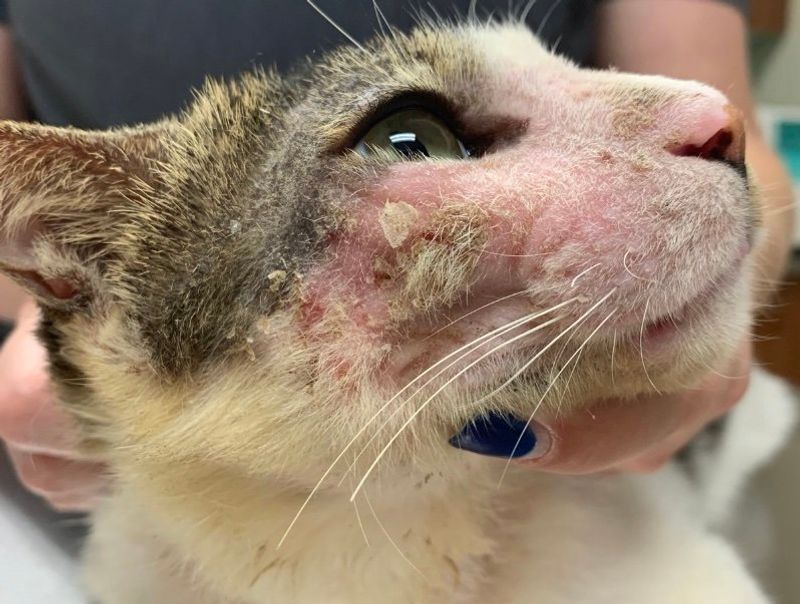
Just like humans, cats develop allergies that can dry out their sensitive noses. Common culprits include new foods, plastic dishes, or even certain cleaning products in your home.
Watch for additional symptoms like sneezing, watery eyes, or excessive scratching around the face.
4. Weather Woes
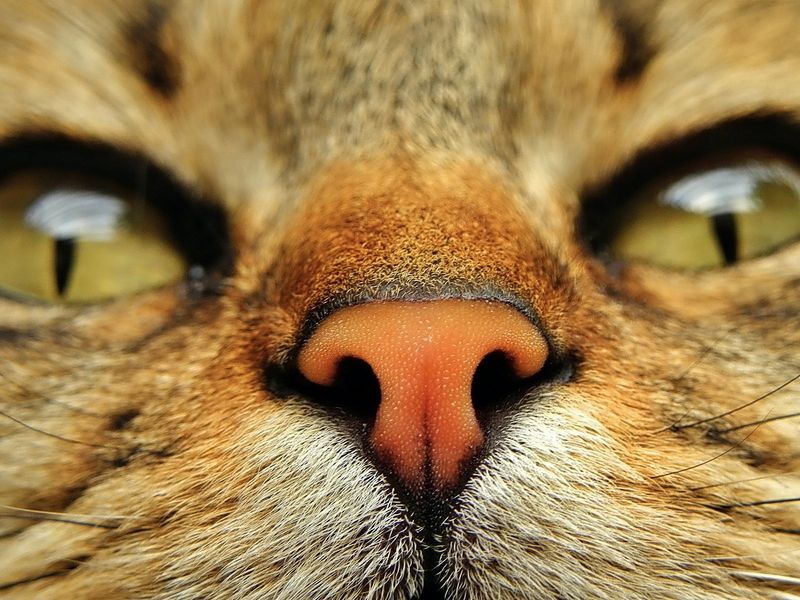
Winter’s dry indoor heat or summer’s blazing temperatures can zap moisture from your cat’s nose. Many homes drop below 40% humidity during heating season, creating desert-like conditions.
Your cat might show other signs of environmental dryness, like dandruff or increased water consumption.
5. Fever Indicator
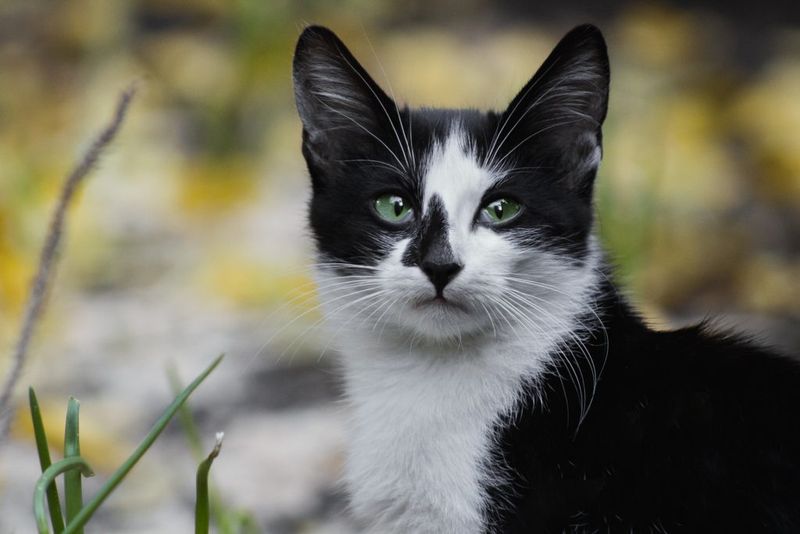
A warm, dry nose might signal your cat’s fighting an infection. Unlike humans, cats’ normal temperature runs higher at 101-102.5°F.
Look for lethargy, decreased appetite, or unusual hiding behaviors alongside the dry nose. These combined symptoms warrant immediate veterinary attention.
6. Sleep Cycles
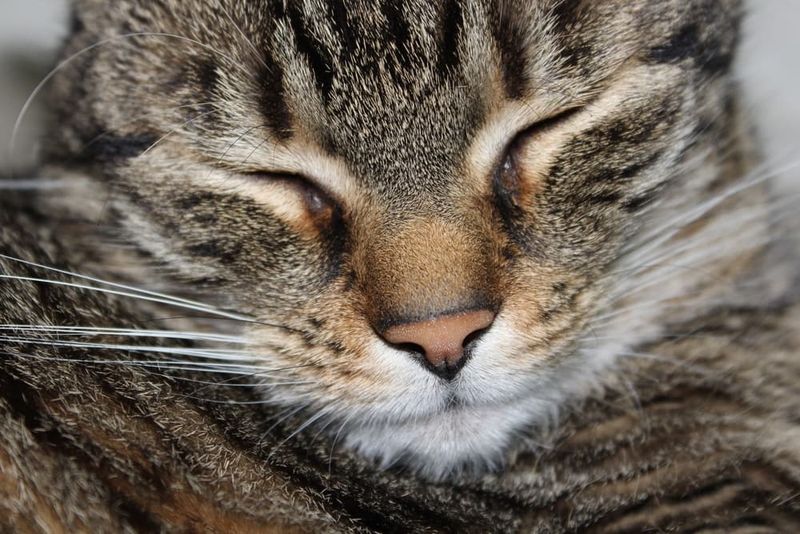
Cats sleep 15-20 hours daily, and during these deep snoozes, they’re not licking their noses. This temporary dryness usually resolves once they wake up and resume grooming.
If your cat’s nose returns to its moist state after waking and moving around, there’s likely no cause for concern.
7. Blocked Tear Ducts
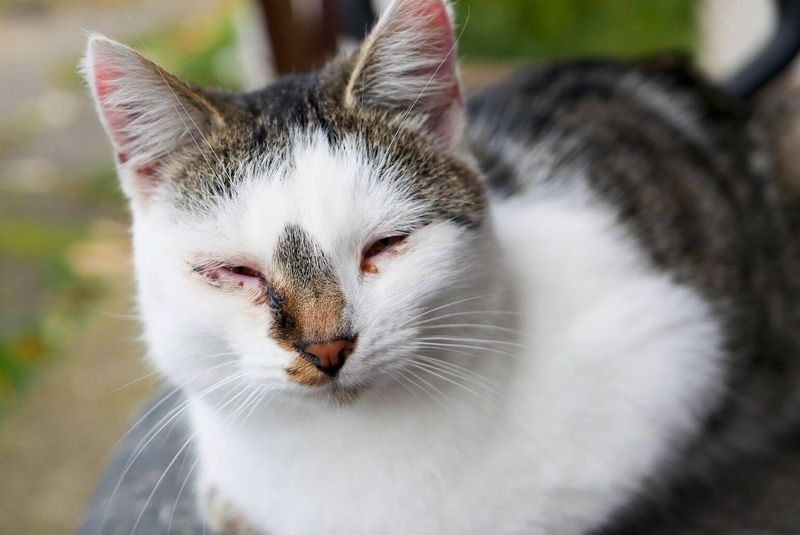
Surprise fact: tear ducts connect to nasal passages, helping keep noses moist. When these tiny channels get blocked, your cat’s nose might dry out.
You might notice tear staining around the eyes or excessive eye discharge alongside the dry nose. This condition requires professional treatment.
8. Autoimmune Disorders
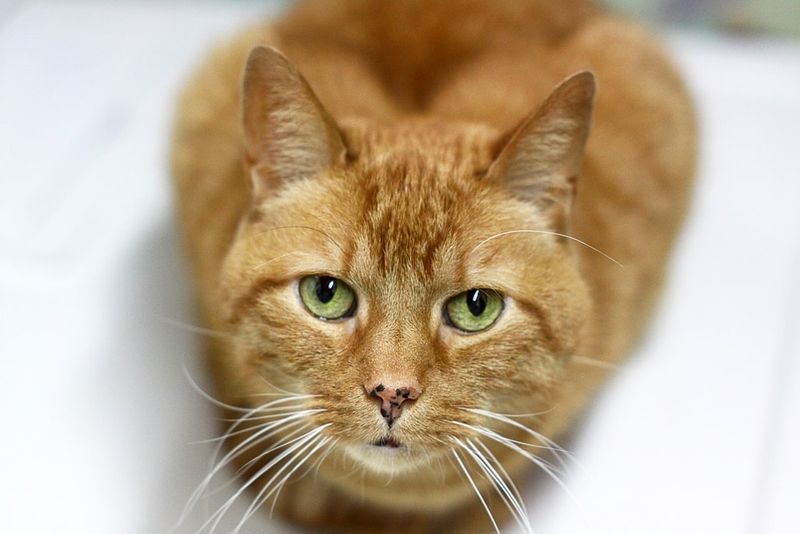
Serious conditions like lupus or pemphigus can cause nose dryness, cracking, or unusual coloration. These disorders trigger the immune system to attack healthy cells.
You’ll likely notice other symptoms like lethargy, weight loss, or skin lesions elsewhere on the body. Early diagnosis significantly improves treatment outcomes.
9. Kidney Complications
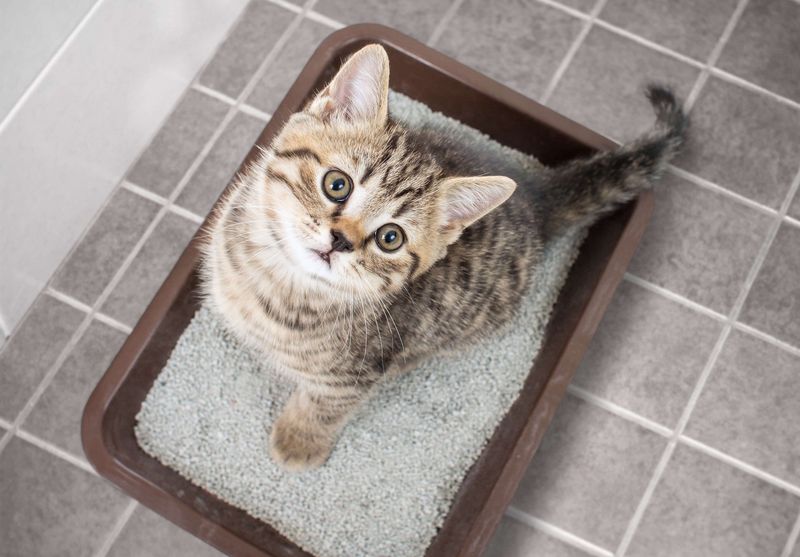
Kidney disease affects roughly 30% of older cats and can manifest as chronic dehydration despite drinking water. Your cat’s dry nose might be one symptom of this serious underlying condition.
Increased urination, weight loss, and decreased appetite often accompany kidney issues.
10. Age-Related Changes
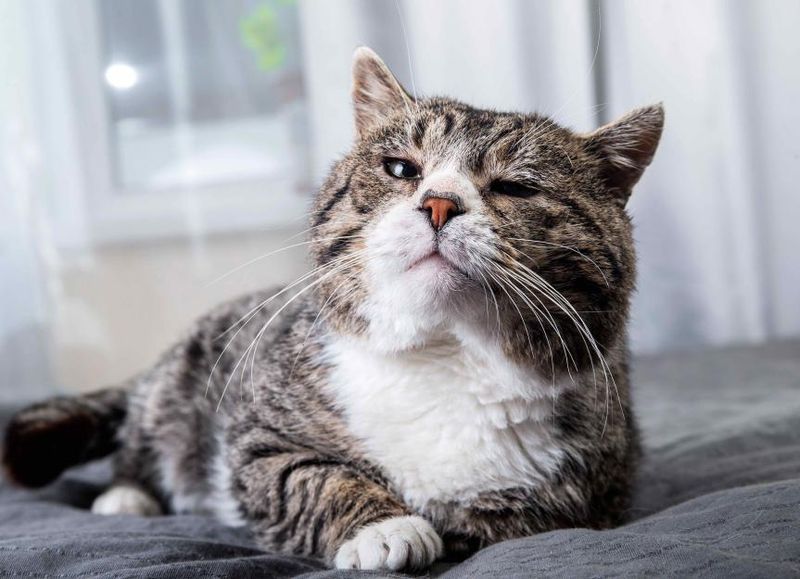
Senior cats naturally produce fewer body fluids as they age. Your older kitty’s persistently dry nose might simply reflect their advancing years rather than illness.
Cats over 10 often show these normal aging signs. Their skin and nose leather may appear slightly thicker or rougher than in their youth.
11. Brachycephalic Breed Issues
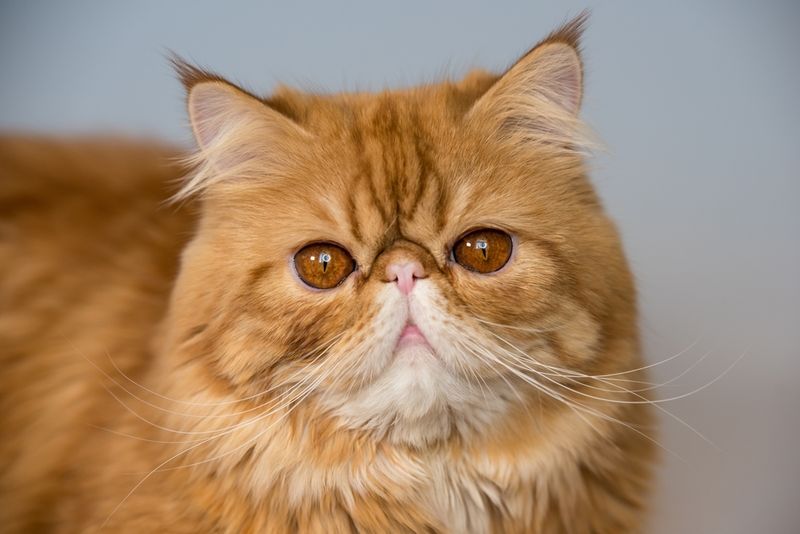
Flat-faced cats like Persians and Himalayans often struggle with nose moisture. Their unique facial structure makes it difficult to reach their nose with their tongue during grooming.
These special breeds frequently have naturally drier noses than their long-snouted counterparts. They may need extra help maintaining proper hydration.
12. Medication Side Effects
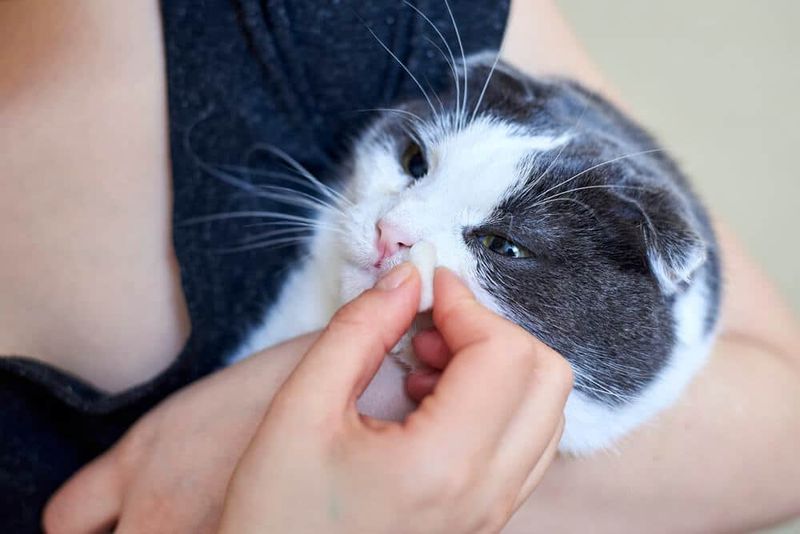
Certain medications, especially those treating thyroid issues or heart conditions, list dry nose as a potential side effect. Antihistamines and decongestants are particularly known for causing dryness.
Check medication inserts or ask your vet if your cat’s prescriptions might be causing that desert-dry nose.
13. Fungal Infections
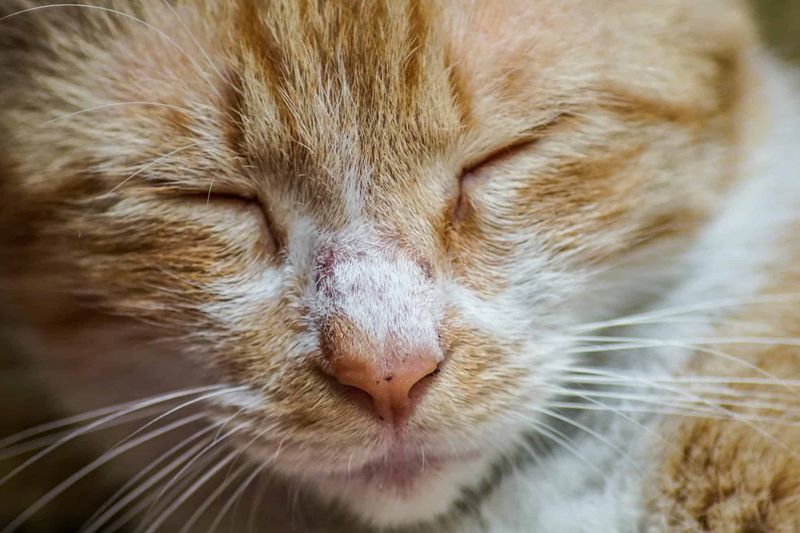
Cryptococcosis and other fungal villains can attack your cat’s nose, causing dryness plus crusty discharge or nose shape changes. These stubborn infections often take root in the nasal passages.
Unlike simple dryness, fungal issues usually cause visible lesions or unusual growths. Treatment typically requires specialized antifungal medications.
14. Anxiety Or Stress
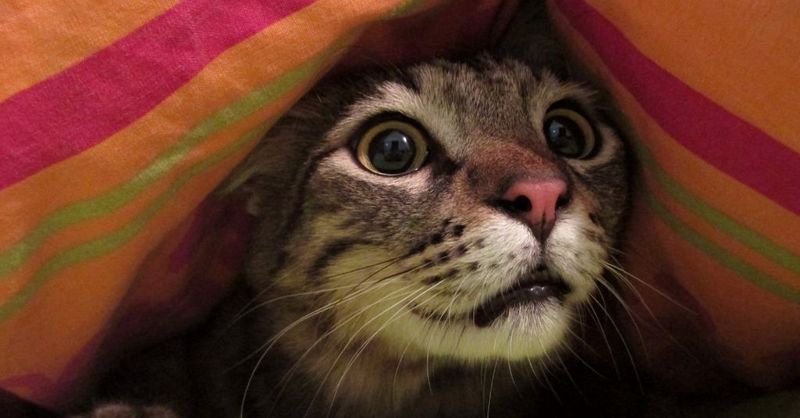
Stress sends your cat’s body into fight-or-flight mode, potentially causing dehydration and a dry nose. Moving homes, new pets, or even rearranged furniture can trigger feline anxiety.
Look for other stress signals like excessive grooming, hiding, or changes in litter box habits alongside that dry nose.
15. Harmless Variation
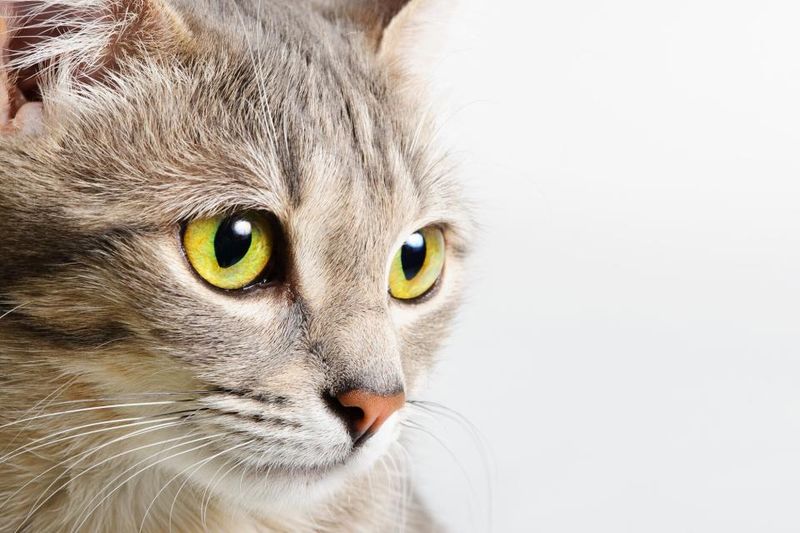
Sometimes a dry nose simply means… nothing at all! Many healthy cats naturally fluctuate between wet and dry noses throughout the day.
If your cat maintains normal energy levels, appetite, and behavior, their occasionally dry nose might just be their unique normal. Every cat has individual variations in nose moisture.

